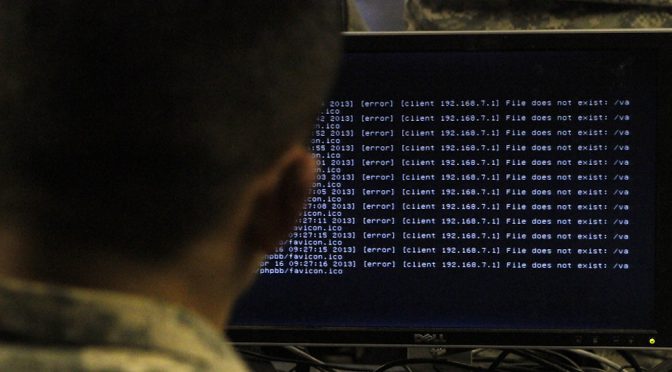More and more often, the Foreign Sovereign Immunities Act (FSIA) has protected cyberattack-conducting state actors and their cybersecurity contractors from legal liability and suits brought by victims seeking redress in US courts. Adam Silow argues that it is time for foreign sovereign immunity to receive an update for the digital era. State-sponsored cyberattacks and their… Continue reading Bubbles Over Barriers: Amending the Foreign Sovereign Immunities Act for Cyber Accountability
Category: Cybercrime
Outsourcing the Cyber Kill Chain: Reinforcing the Cyber Mission Force and Allowing Increased Contractor Support of Cyber Operations
The United States is under a growing and constant threat of cyberattack. US cybersecurity strategy has evolved in response, adapting to the new threat climate by committing US Cyber Command to more aggressive and persistent peacetime cyber operations. However, the Department of Defense Cyber Mission Force (CMF) has been stretched thin attempting to carry out… Continue reading Outsourcing the Cyber Kill Chain: Reinforcing the Cyber Mission Force and Allowing Increased Contractor Support of Cyber Operations
Cybercrime vs. Cyberwar: Paradigms for Addressing Malicious Cyber Activity
Although acts of cybercrime and cyberwar are different, the lines between the two have been become blurred over time. The nature of cyberspace has complicated the pre-existing doctrine for armed attacks, yet they are still being applied. Furthermore, the United States historically has responded to malicious cyber activity through a militarized lens. This tendency to… Continue reading Cybercrime vs. Cyberwar: Paradigms for Addressing Malicious Cyber Activity



